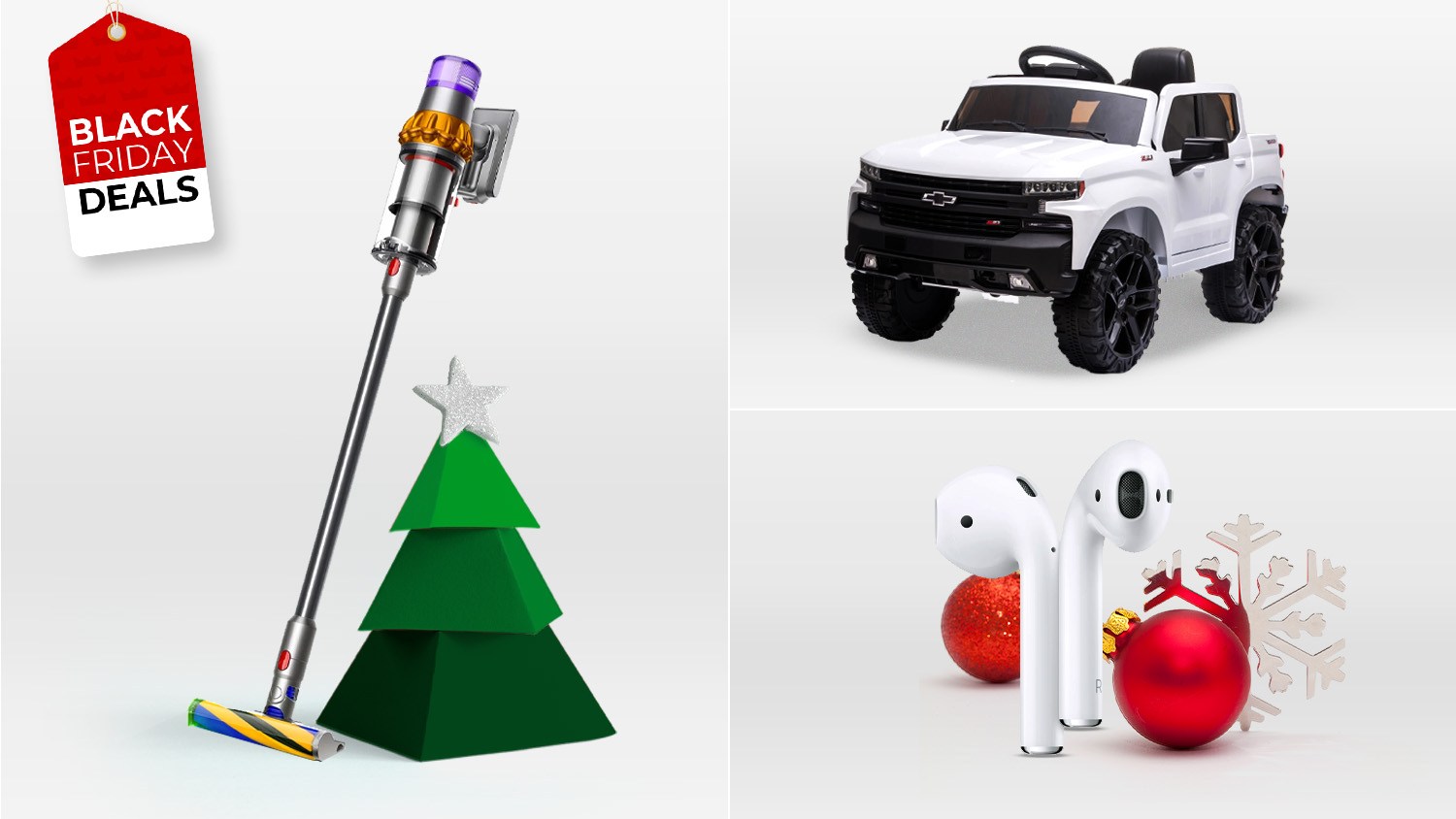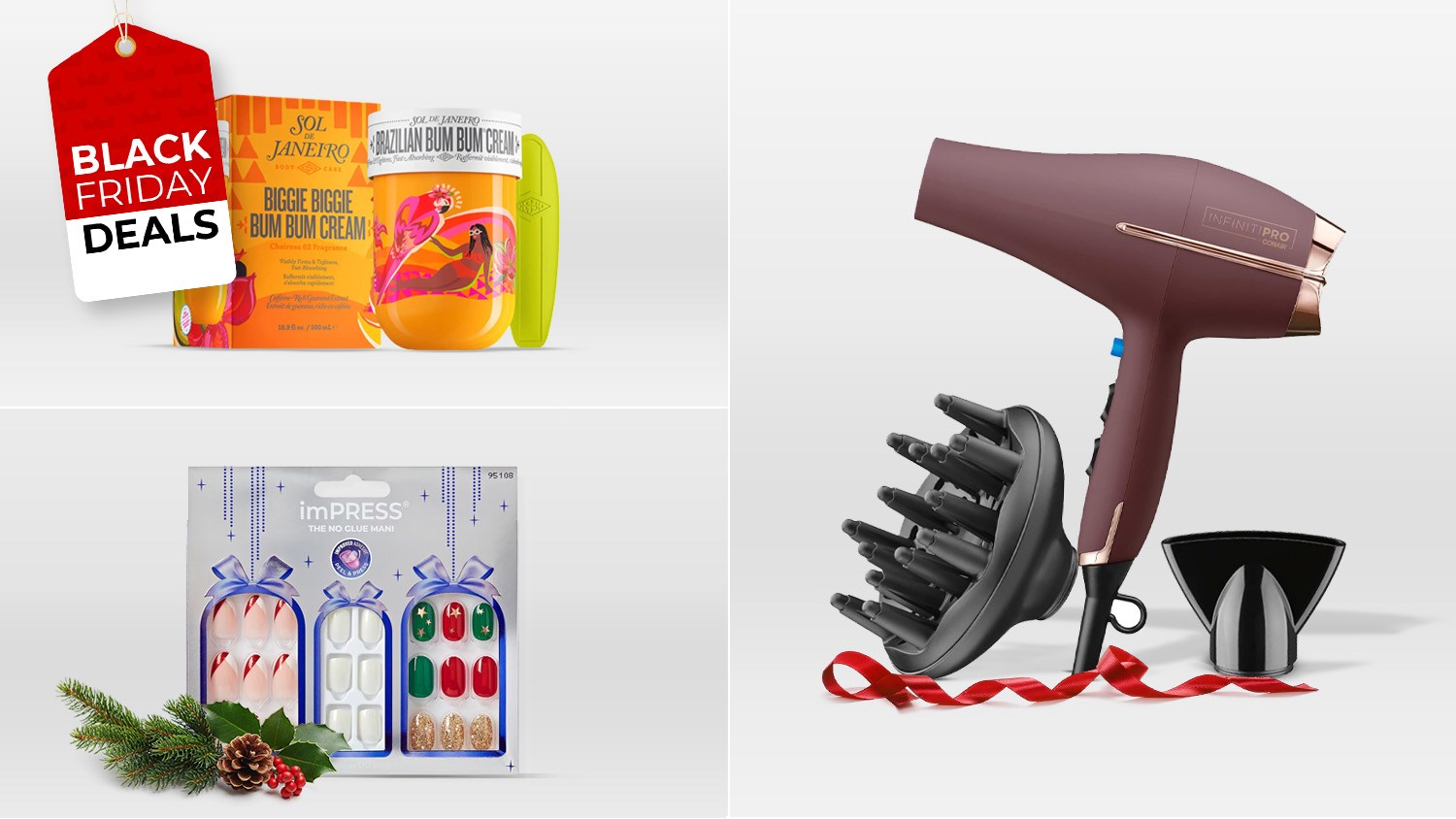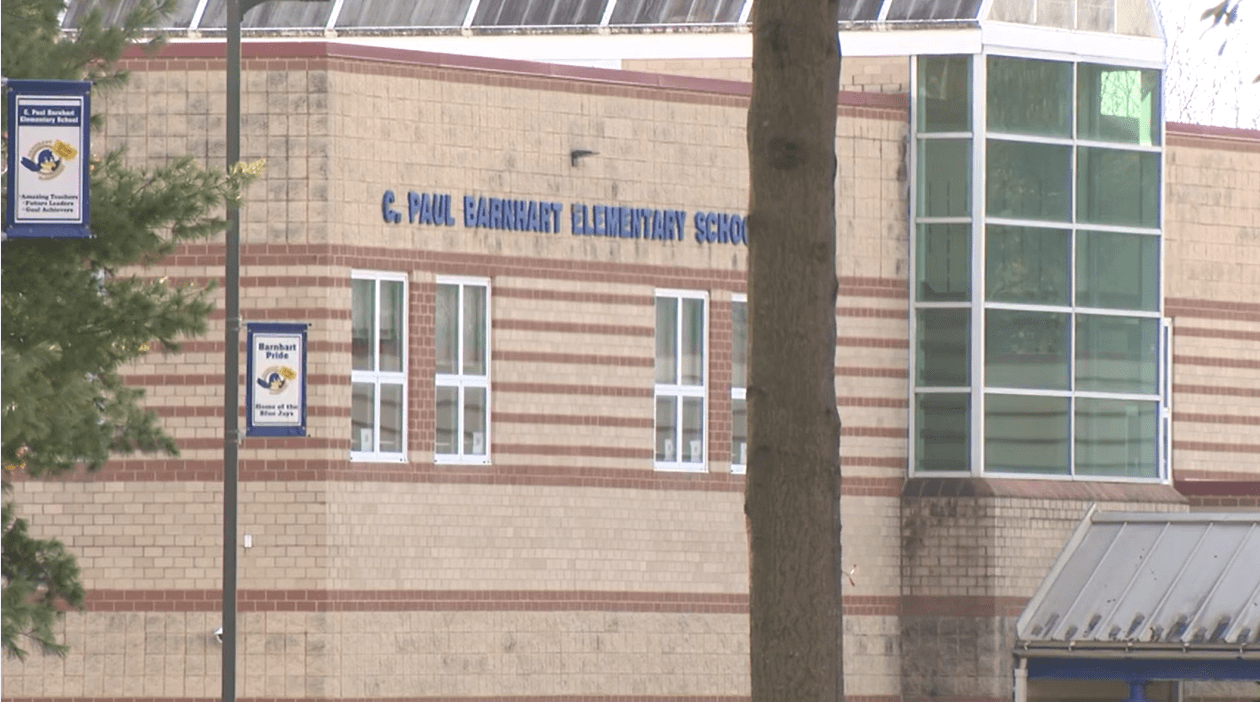(iSeeCars) – While hybrid and electric vehicle sales have been increasing in recent years, the specific cities and states with skyrocketing demand for alternative fuel vehicles may surprise you. iSeeCars analyzed the U.S. regions with the biggest shift in market share for alternative fuel vehicles since 2014, and the results suggest hybrid and electric vehicle demand is growing faster in central and rural areas than it is in densely-populated coastal cities.
“You expect to see strong hybrid and electric vehicle sales in states like California, Oregon and Washington, or in cities like San Francisco, Los Angeles, or Seattle,” said iSeeCars Executive Analyst Karl Brauer. “While those areas do have the highest percentage of alternative fuel vehicles, the areas with the greatest growth in hybrid and electric vehicle share come from states and cities few would expect.” For instance, the state with the highest growth in alternative fuel vehicle share since 2014? Mississippi, with a massive 241 percent growth in market share. The second highest state is Hawaii, at 116.5 percent, followed by Utah, with 97 percent share growth.
U.S. States with the Highest and Lowest Growth in Alternative Fuel Market Share
The top 15 states with the highest growth rate in hybrid and electric vehicle market share are listed below.
| U.S. States with Highest Growth in Hybrid/Electric Vehicle Share — iSeeCars Study | ||||
| Rank | State | Alternative Fuel Vehicle share 2014 | Alternative Fuel Vehicle share 2022 | Change in Alternative Fuel Share |
| 1 | Mississippi | 0.9% | 3.1% | 240.9% |
| 2 | Hawaii | 2.4% | 5.2% | 116.5% |
| 3 | Utah | 2.3% | 4.5% | 97.0% |
| 4 | Maryland | 2.2% | 4.0% | 84.3% |
| 5 | Wyoming | 1.0% | 1.7% | 79.1% |
| 6 | Nevada | 2.4% | 4.4% | 78.8% |
| 7 | Texas | 1.6% | 2.9% | 76.9% |
| 8 | Colorado | 2.3% | 4.0% | 75.6% |
| 9 | California | 4.8% | 8.3% | 75.2% |
| 10 | Michigan | 1.2% | 2.0% | 71.6% |
| 11 | Arizona | 2.9% | 5.0% | 71.6% |
| 12 | Minnesota | 1.7% | 2.9% | 70.2% |
| 13 | Ohio | 1.4% | 2.4% | 67.1% |
| 14 | Washington | 3.8% | 6.3% | 65.9% |
| 15 | Nebraska | 1.5% | 2.5% | 65.3% |
| National Average | 2.2% | 3.4% | 54.1% |
Several of the top-ranking states, both in 2014 and 2022, are states one might expect to have a high alternative fuel vehicle market share. But more than half of the states in the top 15 are not typically associated with strong interest in “green” vehicles.
“It’s pretty amazing that California barely makes the top 10 in terms of hybrid and electric vehicle growth since 2014, even with strong incentives encouraging their purchase,” said Brauer. “Conversely, despite not having any statewide incentives, Mississippi’s EV adoption is growing faster than all other states, and could continue to do so as Nissan has plans to manufacture EVs in its Mississippi plant in the coming years.”
Hawaii ranks second for the steepest growth in EV adoption. “Hawaii’s higher than average gas prices and island geography, which limits long driving distances, lends itself to electric vehicle ownership,” said Brauer.
It’s also interesting to look at the states with lowest growth in alternative fuel share:
| U.S. States with Lowest Growth in Hybrid/Electric Vehicle Share — iSeeCars Study | ||||
| Rank | State | Alternative Fuel Vehicle share 2014 | Alternative Fuel Vehicle share 2022 | Change in Alternative Fuel Share |
| 50 | South Carolina | 2.1% | 1.9% | -11.3% |
| 49 | South Dakota | 1.4% | 1.3% | -2.8% |
| 48 | Florida | 2.4% | 2.4% | 0.0% |
“Florida previously had an above-average EV adoption rate, and our data suggests that demand has remained steady but hasn’t increased,” said Brauer. “Of course, Florida’s 0% growth rate is still ahead of South Dakota and South Carolina, which actually lost alternative fuel vehicle market share between 2014 and 2022.”
How Does a State’s Average Fuel Efficiency Translate to Real-World Fuel Costs?
These differences in average MPG between states can add up to real savings, or expenditures, particularly with the current price of fuel. Using today’s national average of $4.80 a gallon, and based on 15,000 miles of annual driving distance, California’s top-rated state average of 29.5 MPG would cost a driver $2,440 a year in fuel. Wyoming is at the opposite end of the spectrum, with a state average of 22.1 MPG and an annual fuel cost of $3,265. Of course fuel prices and driving distances vary between locations and drivers, but applying this baseline standard shows an annual fuel savings of more than $800 between the top- and bottom-ranked states for average MPG.
U.S. Metro Areas with the Highest and Lowest Growth in Alternative Fuel Market Share
Not surprisingly, a similar pattern can be seen when comparing growth in hybrid and electric vehicle market share in the most populous metro areas. Many, though not all, of the metro areas with the highest growth in alternative fuel vehicle market share are in states with the highest growth rates.
| U.S. Cities with Highest Growth in Hybrid/Electric Vehicle Share — iSeeCars Study | ||||
| Rank | City | Alternative Fuel Vehicle share 2014 | Alternative Fuel Vehicle share 2022 | Change in Alternative Fuel Share |
| 1 | Houston, TX | 1.4% | 3.3% | 130.4% |
| 2 | Salt Lake City, UT | 2.2% | 4.4% | 105.3% |
| 3 | Detroit, MI | 1.1% | 2.2% | 99.7% |
| 4 | Sacramento, CA | 3.7% | 7.4% | 98.8% |
| 5 | Dallas-FT Worth, TX | 1.8% | 3.6% | 98.5% |
| 6 | Grand Rapids, MI | 1.5% | 2.9% | 95.0% |
| 7 | Birmingham, AL | 1.3% | 2.5% | 88.0% |
| 8 | Cleveland-Akron, OH | 1.2% | 2.2% | 86.5% |
| 9 | San Francisco, CA | 6.5% | 12.1% | 86.2% |
| 10 | Las Vegas, NV | 2.5% | 4.6% | 81.3% |
| 11 | Minneapolis, MN | 1.7% | 3.0% | 78.8% |
| 12 | Phoenix, AZ | 3.0% | 5.2% | 77.7% |
| 13 | Denver, CO | 2.3% | 4.1% | 77.1% |
| 14 | Baltimore, MD | 2.3% | 3.9% | 74.8% |
| 15 | Columbus, OH | 1.7% | 3.0% | 73.0% |
| National Average | 2.2% | 3.4% | 54.1% |
Once again we see expected regions like Phoenix, Dallas, and San Francisco sitting amidst places like Columbus, Grand Rapids, and Minneapolis, suggesting the shift from internal combustion engines to hybrid and electric vehicles is no longer only occurring in big cities,” said Brauer. “Los Angeles, with a growth rate of 70 percent in alternative fuel vehicle market share, doesn’t make the top 15,” said Brauer. “It’s outperformed in this area by, among others, Birmingham, Alabama, which ranked seventh at a growth rate of 88 percent.”
There are actually 5 metro areas that lost share in alternative fuel vehicles in the past 8 years:
| U.S. Cities with Lowest Growth in Hybrid/Electric Vehicle Share — iSeeCars Study | ||||
| Rank | City | Alternative Fuel Vehicle share 2014 | Alternative Fuel Vehicle share 2022 | Change in Alternative Fuel Share |
| 50 | Greenville-Spartanburg, SC | 2.6% | 1.9% | -27.9% |
| 49 | Orlando-Daytona Beach, FL | 2.6% | 2.5% | -1.5% |
| 48 | Jacksonville, FL | 2.1% | 2.1% | -1.5% |
| 47 | Albuquerque-Santa Fe, NM | 2.7% | 2.7% | -0.7% |
| 46 | Tampa-St. Petersburg, FL | 2.8% | 2.8% | -0.2% |
“The worst cities were essentially flat in terms of hybrid and electric vehicle market share, except Greenville-Spartanburg, which lost more than 25 percent of its alternative fuel vehicle market share over the past 8 years,” said Brauer. “South Carolina offers no hybrid or electric vehicle incentives, and the state’s economic statistics suggest the higher cost of hybrid and electric vehicles prices them out of reach for many residents.”
How Increased Alternative Fuel Vehicle Share translates to Real-World MPG Gains
An increase in hybrid and electric vehicle share can translate into overall fleet fuel efficiency, as seen for states with the highest growth in miles-per-gallon (MPG) between 2014 and 2022.
| U.S. States with Highest Growth in Average MPG from 2014 to 2022 — iSeeCars Study | ||||
| Rank | State | Average MPG in 2014 | Average MPG in 2022 | Change in MPG from 2014 to 2022 |
| 1 | California | 23.8 | 29.5 | 23.9% |
| 2 | Hawaii | 22.7 | 27.8 | 22.2% |
| 3 | Mississippi | 21.0 | 25.3 | 20.6% |
| 4 | Texas | 21.1 | 25.3 | 19.6% |
| 5 | Arizona | 22.7 | 27.0 | 19.4% |
| 6 | Colorado | 21.4 | 25.4 | 18.7% |
| 7 | Oregon | 22.8 | 26.9 | 17.9% |
| 8 | Washington | 22.7 | 26.7 | 17.5% |
| 9 | Maryland | 22.6 | 26.4 | 16.9% |
| 10 | Utah | 22.2 | 25.9 | 16.8% |
| Overall | 22.0 | 25.6 | 16.4% |
Most of these top-ranked states for MPG growth between 2014 and 2022 are also states with the highest growth in alternative fuel vehicle share. However, by removing alternative fuel vehicles from each states’ fleet we can also see which states improved their MPG the most without the aid of alternative fuel vehicles.
| U.S. States with Highest Growth in Average MPG from 2014 to 2022, excluding alternative fuel vehicles — iSeeCars Study | ||||
| Rank | State | Average MPG in 2014 | Average MPG in 2022 | Change in MPG from 2014 to 2022 |
| 1 | North Dakota | 18.9 | 21.8 | 15.0% |
| 2 | Mississippi | 20.8 | 23.9 | 15.0% |
| 3 | Louisiana | 20.5 | 23.5 | 14.9% |
| 4 | West Virginia | 20.1 | 23.1 | 14.8% |
| 5 | Texas | 20.8 | 23.8 | 14.6% |
| 6 | Nebraska | 20.0 | 22.8 | 14.3& |
| 7 | Michigan | 20.3 | 23.1 | 14.0% |
| 8 | Wyoming | 19.0 | 21.5 | 13.1% |
| 9 | Oklahoma | 20.3 | 23.0 | 13.0% |
| 10 | Indiana | 21.1 | 23.8 | 13.0% |
| Overall | 21.5 | 24.1 | 11.7% |
These numbers reflect the increase in fuel efficiency for traditional internal combustion engines over the past decade, but the level of MPG improvement is substantially lower than what’s possible when hybrid and electric vehicle’s lend a hand. “Increased hybrid and electric vehicle market share is the easiest path to improved fuel efficiency for a state,” said Brauer. “A transition from larger and older trucks and SUVs to newer, more fuel-efficient vehicles, of all sizes, also reduces a state’s fuel use, but to a lesser degree.”
Bottom Line
The shift from traditional internal combustion engines to hybrids and, eventually, pure electric vehicles, is continuing, and not just in large coastal cities. Many automakers plan to end the production of all internal combustion engines over the next 10 years. This plan assumes the U.S. consumer will fully embrace these vehicles in the coming decade. That may be an overly optimistic assumption by both automakers and government regulators, but there is strong evidence of growing alternative fuel vehicle adoption throughout the country.
Methodology
iSeeCars.com analyzed over 16.3 million 1-5 year old used car sales sold in May 2021 – April 2022 as well as calendar year 2014. The share of hybrid, plug-in hybrid, and electric vehicles was calculated in each period for each U.S. state as well as the top 50 metro areas. The percentage change in share of alternative fuel vehicles from 2014 to 2022 was then used to rank regions. The average MPG in these regions was also calculated and compared across each period.
More from iSeeCars:
About iSeeCars.com
iSeeCars.com is a car search engine that helps shoppers find the best car deals by providing key insights and valuable resources, like the iSeeCars VIN check reports and Best Cars rankings. iSeeCars.com has saved users over $337 million so far by applying big data analytics powered by over 25 billion (and growing) data points and using proprietary algorithms to objectively analyze, score and rank millions of new cars and used cars.
This article, Hybrid and Electric Vehicle Demand Skyrockets in Rural America, originally appeared on iSeeCars.com.


























































